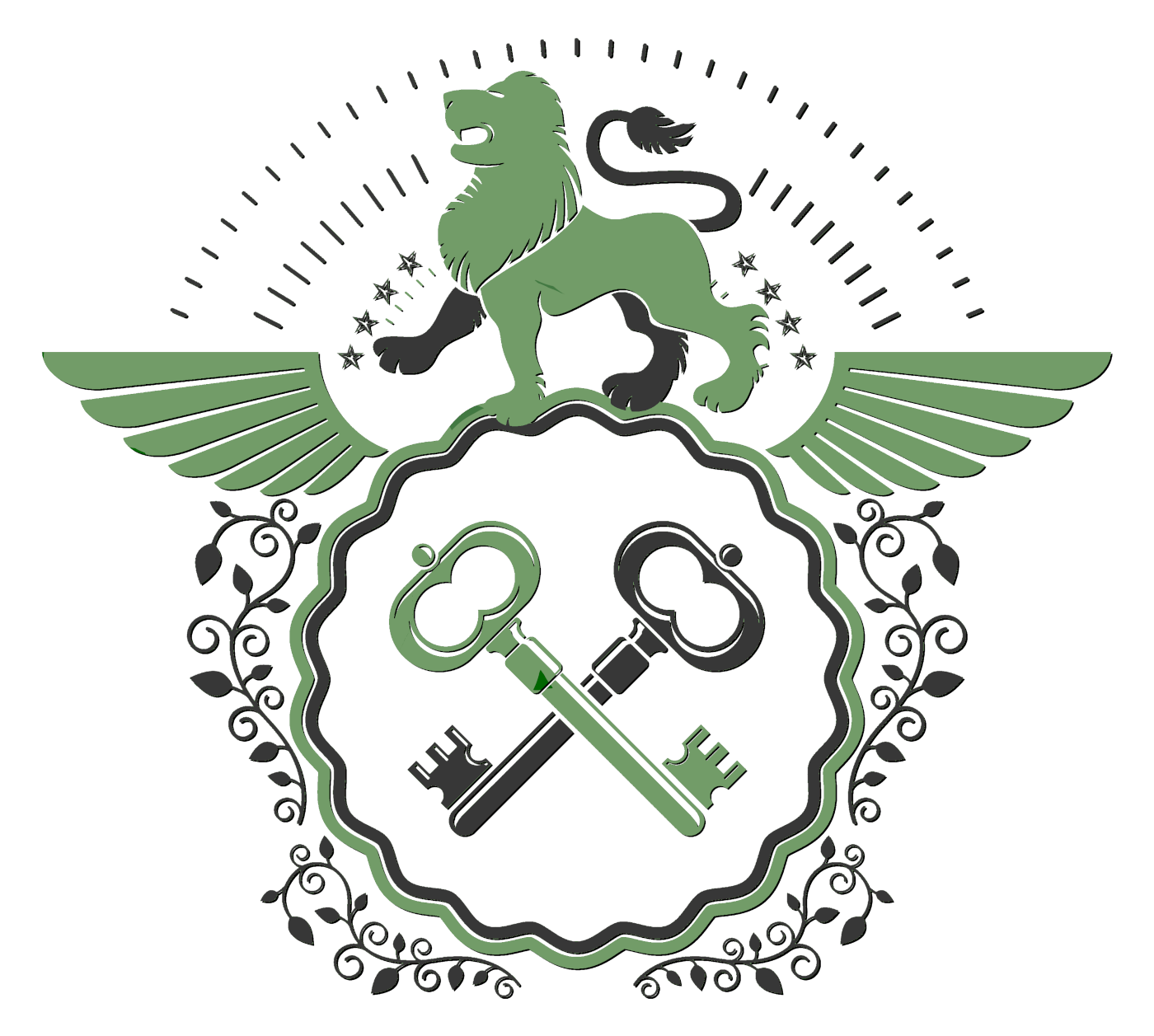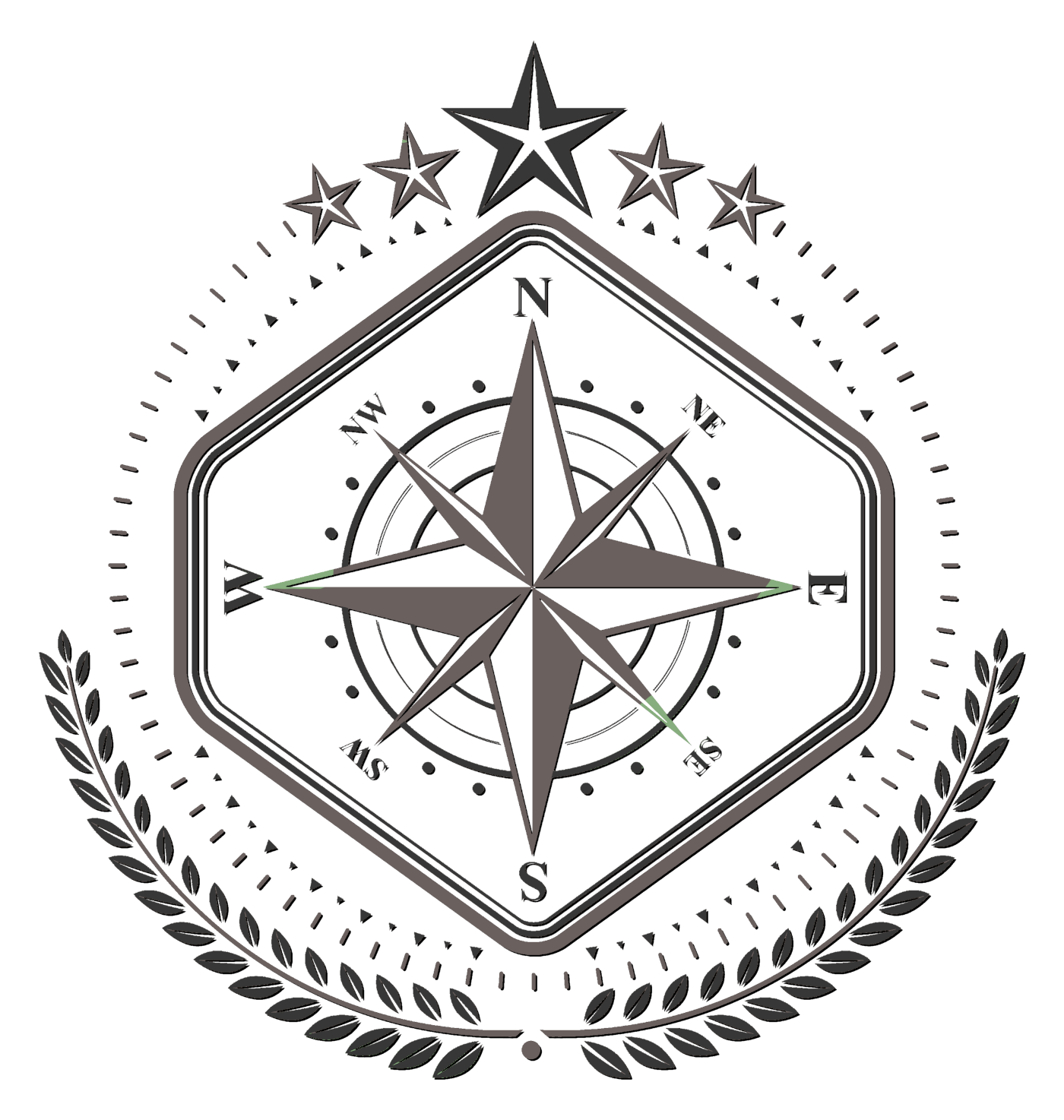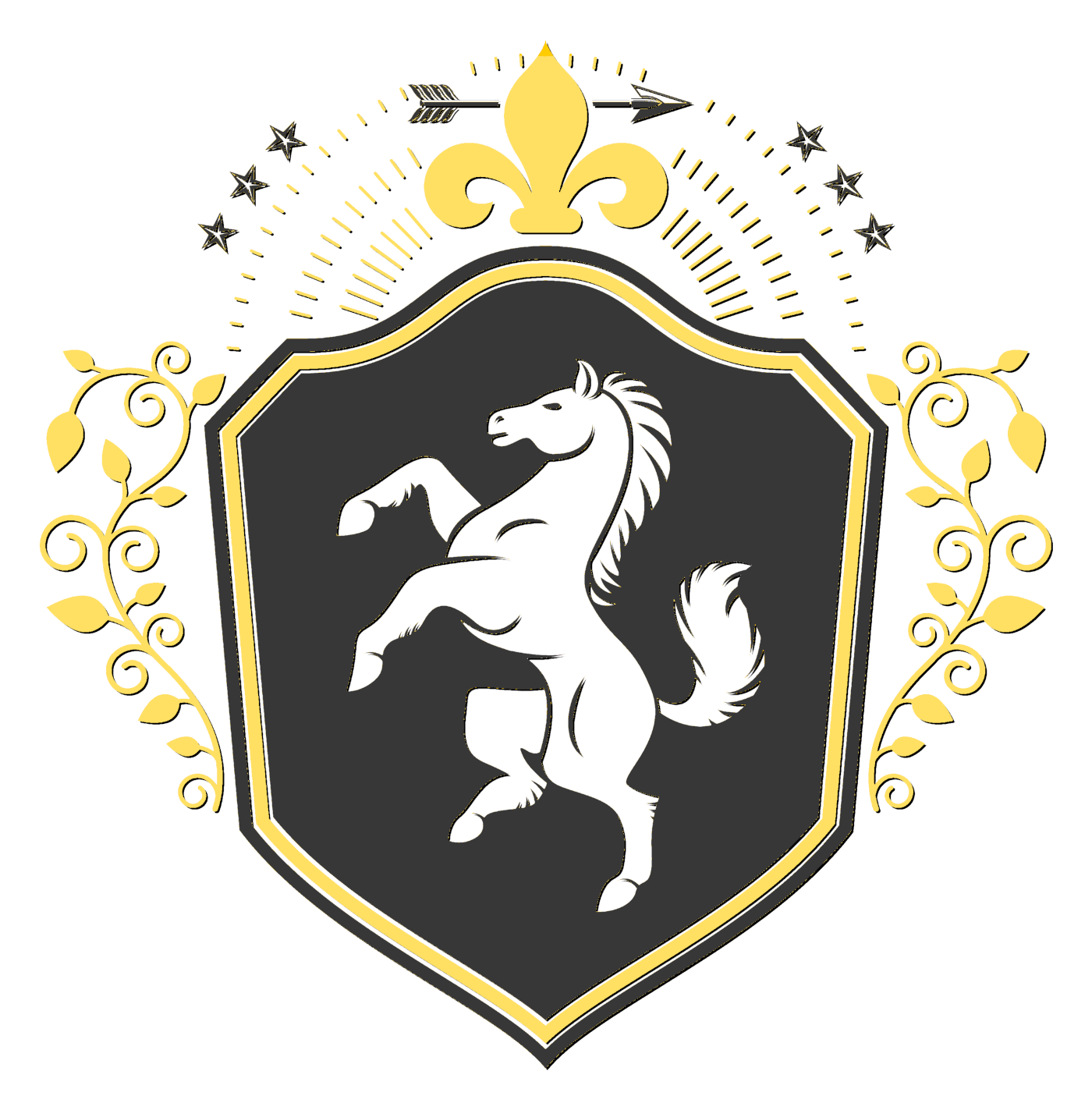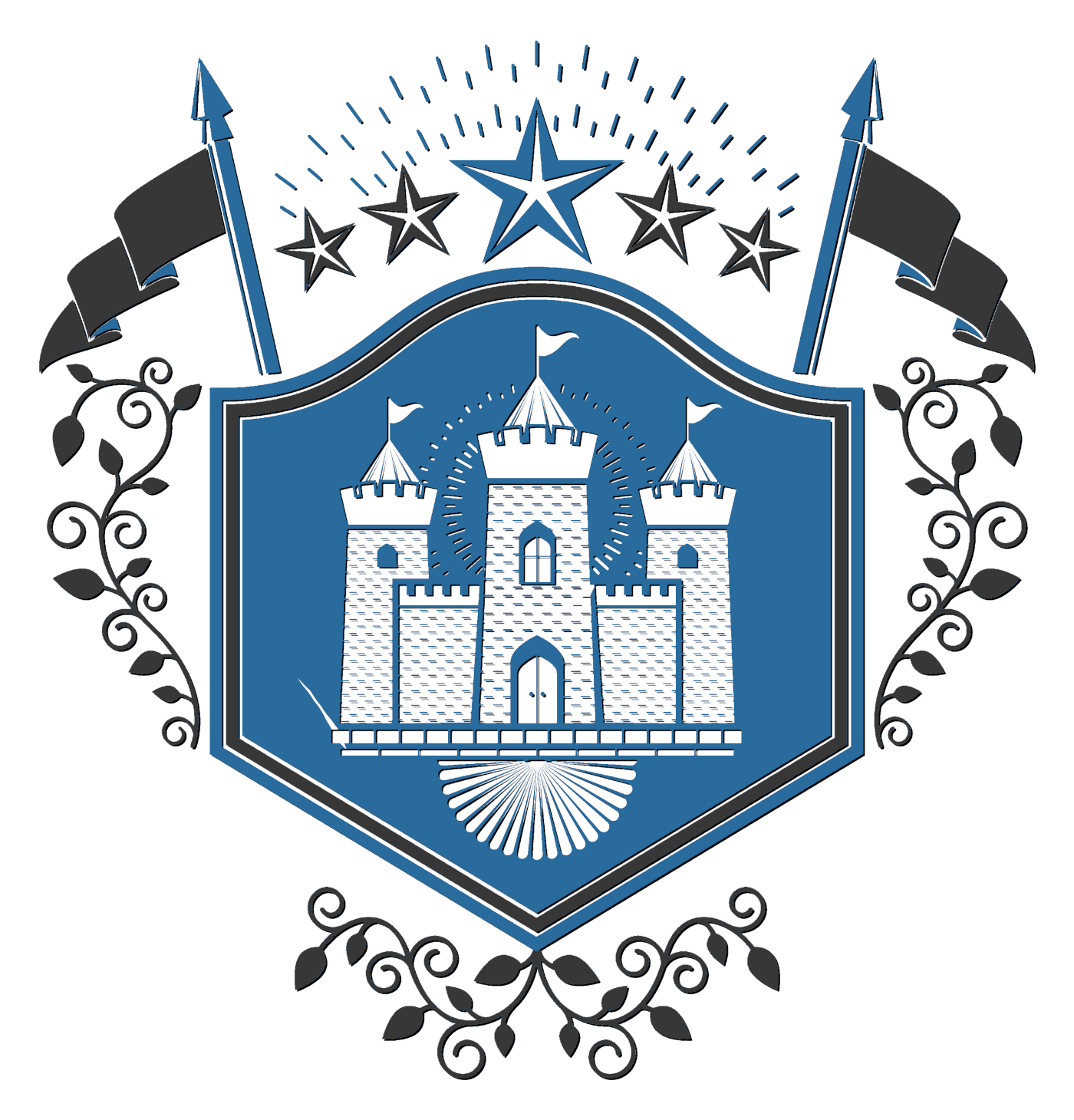In my Shine Cycle, dragons are more often heard of than seen. Even only a century into the world’s history, within living memory of man’s first steps on the two continents, dragons already seem to be more creatures of myth than of life, of the mists of legend more than the green lands with which my tales are usually concerned. But, as Aragorn put it in
The Two Towers, “may not a man do both?”---walk on the green earth, yet meet with legends?
It’s not that dragons are born ancient; rather, it’s that the dragons that first settled the hills and mountains of
the Shine and Wild Continents and their surrounding islands, scarcely as soon as the War of the Rebellion had ceased to deform the shape of the land, were already old. A few younger and greedier individuals strayed too close to Tashere’s prison and were ensnared, and it is from those, now utterly bent and largely exhausted of power, that the Dragon Empire took its name.
But we shouldn't let the few examples of twisted beings---not all of which were brought under Tashere’s direct control---convince us that every dragon is evil. Most---and particularly the older, wiser ones---desired nothing more than to live in peace, making what profit they could, but content to let the world pass them by, as other worlds had. And indeed, some who found themselves within the lands that Tashere’s power claimed for him withdrew from the world entirely until his might had failed there.
Of course, there are not simply “good” dragons and “bent” dragons. There are also those that give the kind a bad name, who are little more than beasts, and as such a grave danger to anyone and anything nearby. Under the influence of an old and powerful dragon, these lesser breeds can sometimes be tamed to some extent, but usually they are simply driven off into the wilderness or, if this proves futile, they are hunted and put down.
A dragon---at least, a free, wise dragon---is almost a force of nature. The usual way of things need not necessarily apply to or around it; there are enough tales of lightning striking dragon-hunting parties from a clear sky, or mountain passes closing up, or climate patterns changing to form glaciers, to give any sensible person pause. Not that any of these things happened lightly, or because the dragon “didn’t know its own strength,” but trusting that a creature is wise, just, and honorable does not mean that it is safe to deal with capriciously. Dragons can be firm and useful allies; one alone can be the equal of a fortified hill, after all. But they do not necessarily think the way that humans, or even
Great Fairies, do. Some of the oldest and wisest dragons feel their closest kinship of mind and spirit to the greatest of the Vaynar.
Dragons tend to accumulate color, texture, and even to some extent personality from the surroundings in which they place themselves, by chance or design. The longer one has been in an area, the harder it is to find when it does not wish to be found. Each dragon also eventually finds itself seeking something---for “bent” dragons this is generally power, and for younger and more foolish dragons for a time it may well be money. But many are driven to find rarities, or knowledge, or artifacts of the Power, and a few even seek companionship. When these desires are not bent, they are often for a purpose: several times in the history of the Shine and Wild Empire and its allies, a neighboring dragon has opened its hoard and by giving generously averted disaster, whether defeat in war or famine.
Any questions or thoughts?





 They remind me a bit of my elves..
They remind me a bit of my elves.. 